Bringing Families Together:
Wordless Picture Books to Support Home Language Use
Meghan Cheely, Monett Elementary
Introduction
The Monett community is home to a linguistically diverse population, with students speaking over twenty different languages or dialects. The number of families considered Newcomers, those newly arrived in the United States, is rapidly increasing in our schools. As a result, it is critical for educators to support these students in learning English as a second language. One significant challenge faced by many English Learner (EL) families is their limited ability to read with their children, as most books sent home from school are written exclusively in English. These families often believe that the language barrier prevents them from actively contributing to their child’s literacy development and overall education.
However, when parents are able to engage in reading with their children, it can have a profoundly positive impact on the child’s literacy skills and promote multilingualism. Wordless picture books offer a unique and accessible solution. These books empower families to tell stories using their home language, English, or a mix of both. By removing the barrier of written text, wordless picture books create opportunities for shared reading experiences that build language skills, foster creativity, and support meaningful family interactions.
This project aimed to support multilingual students by providing access to wordless picture books that they could use both at school and at home. Because these books contain no written words, students are able to develop confidence in their literacy abilities. The illustrations serve as visual scaffolds, encouraging students to use their imagination and verbal language skills to narrate stories. Parents and children do not need to be fluent in English to make sense of the story; they can rely on the pictures and their knowledge of any language they speak to co-construct meaning. If children struggle with understanding the storyline, parents can support them using their home language to describe the visuals and ask questions.
Reading wordless picture books helps students build essential literacy skills such as listening, vocabulary development, and comprehension (Hu, 2018). These shared reading experiences also encourage families to engage in rich conversations, which strengthens vocabulary and enhances the home literacy environment (Jalongo, 2014). As families grow more confident in supporting their children’s learning, their involvement can positively influence academic success and linguistic development.
This project also provides teachers with a practical and inclusive way to scaffold instruction for students who are still developing their reading skills. Wordless picture books can be used to practice comprehension, sequencing, and storytelling, just as effectively as traditional text-based books (Arizpe, Colomer, & Martínez-Roldán, 2014).
In my own classroom, I introduced families to wordless books during parent-teacher conferences. I explained the educational benefits of these books and encouraged every family to take one home. Throughout the year, students could exchange their book for a new one as often as they wished. I periodically reminded families of the availability of these books and encouraged their continued use at home and in the classroom. I reassured parents that they did not need to be fluent in English to read these books with their children.
Step-by-Step Plan
- Order a variety of wordless picture books and book pouches to transport books from school to home.
- Organize supplies in my first-grade classroom.
- Share a multilingual flyer with parents on the importance of wordless picture books and how to utilize them effectively.
- Communicate with parents about the wordless picture books during fall parent teacher conferences.
- Follow-up with students and families to see how they used the books and if they enjoyed practicing their language skills with them.
Timeline
Summer – Secure project funding.
September – Purchase wordless picture books for the classroom.
October – Share an informational flyer with families during parent teacher conferences.
April/May – Obtain feedback from families and students.
Budget
Large book pouches (set of 4)
Small book pouches (set of 36)
Wave by Suzy Lee
Rainstorm by Barbara Lehman
One Little Bag: An Amazing Journey by Henry Cole
A Stone for Sascha by Aaron Becker
Shine: A Wordless Book about Love by Dagny Griffin
Little Fox in the Forest by Stephanie Graegin
Mr. Wuffles by David Wiesner
I forgive Alex by Kerascoet
Hank Finds an Egg by Rebecca Dudley
The Flower Man by Mark Ludy
Bee and Me by Alison Jay
Finding Fire by Logan S. Kline
A Day for Sandcastles by Jonarno Lawson
Drawl by Raul Colon
Imagine by Raul Colon
Rosie’s Glasses by Dave Whamond
Alphabet City by Stephen Johnson
Dandelion’s Dream by Yoko Tanaka
Wolf in the Snow by Matthew Cordell
Have You Seen My Duckling? by Nancy Tafuri
Deep in the Forest by Brinton Turkle
Changes, Changes by Pat Hutchins
Truck by Donald Crews
Goodnight, Gorilla by Peggy Rathmann
Flora and the Flamingo by Molly Idle
A Ball for Daisy by Chris Raschka
Fossil by Bill Thomson
Red Sled by Lita Judge
Where's Walrus? by Stephen Savage
The Red Book by Barbara Lehman
I Walk with Vanessa by Kerascoët
Chicken Thief by Béatrice Rodriguez
Flotsam by David Wiesner
Sector 7 by David Wiesner
Chalk by Bill Thomson
Open the Gift by Megan Watson
Laney Dances in the Rain by Kenneth Willard, Matthew Rivera
A Boy Like Me by Stephanie O'Connor
Professional Crocodile by Giovanna Zoboli, Mariachiara Di Giorgio
Another by Christian Robinson
A Boy, a Dog, and a Frog by Mercer Mayer
The Lion & the Mouse by Jerry Pinkney
Door by Jihyeon Lee
Good Dog, Carl by Alexandra Day
Penguin Sets Sail by Jessica Linn Evans
Bearded Dragon, Home Alone by A.K. Beck, D.R. Obina
Fly! by Mark Teague
Pancakes for Breakfast by Tomie dePaola
Hike by Pete Oswald
Float by Daniel Miyares
A Day at the Zoo by Megan Watson
Tuesday by David Wiesner
Aaron Becker's Wordless Trilogy 3 Books Collection Set (Journey, Quest & Return) by Aaron Becker
Flashlight by Lizi Boyd
The Dog in Shoes: The Quest for Pizza by Anngri Arts
What did it look like?



Sustainability
Wordless picture books are a long-lasting resource that can be used year after year. To help preserve them during transportation between school and home, I purchased protective book pouches. Students are able to check out these books as needed which encouraged continued engagement and accessibility.
Looking ahead, I plan to apply for additional grants to expand the collection. My goal is to eventually provide access to wordless picture books for all first-grade students, not just those in my own classroom. This would allow more families to benefit from this inclusive approach to literacy development.
I will continue to communicate with families about the importance of reading with their children, both in their home language and in English. These shared reading experiences help students build confidence in their literacy abilities and strengthen language skills through interaction with both family members and classmates.
Reflections
I have always had a deep love for reading and enjoy sharing books with my two young children. Since they are still learning to read, they often rely on the pictures to guide their understanding of the story. This experience has deepened my appreciation for wordless picture books and their unique ability to spark creativity and language development.
What I love most about wordless books is that there is no "right" or "wrong" way to read them. Children are free to use their imagination to create their own narratives, making the experience both empowering and enjoyable. In my classroom, I loved watching students bond over the stories they created together. It was inspiring to see them collaborate, problem-solve, and take ownership of the storytelling process.
Reflecting on past years, I know this project would have been especially impactful for the Newcomer students I’ve taught, those who arrived with little or no English. These books would have given them an accessible entry point into English literacy, allowing them to build vocabulary and confidence by sharing stories with native English-speaking peers.
I am excited to continue this project in the years to come and remain hopeful that it can eventually be expanded school-wide, so that all students, regardless of language background, can benefit from this powerful and inclusive literacy tool.
References
Arizpe, E., Colomer, T., & Martínez-Roldán, C. M. (2014). Visual journeys through wordless narratives: An international inquiry with immigrant children and The Arrival. Bloomsbury Academic.
Hu, R. (2018). Wordless picture books: Critical and creative literacy for the twenty-first century. Australian Journal of Language and Literacy, 41(2), 97–106.
Jalongo, M. R. (2014). Supporting young children’s language and literacy development. In M. R. Jalongo (Ed.), Teaching in the digital age: Smart tools for age 3 to grade 3 (45–68). Pearson.
See Examples of Winning Demonstration Projects
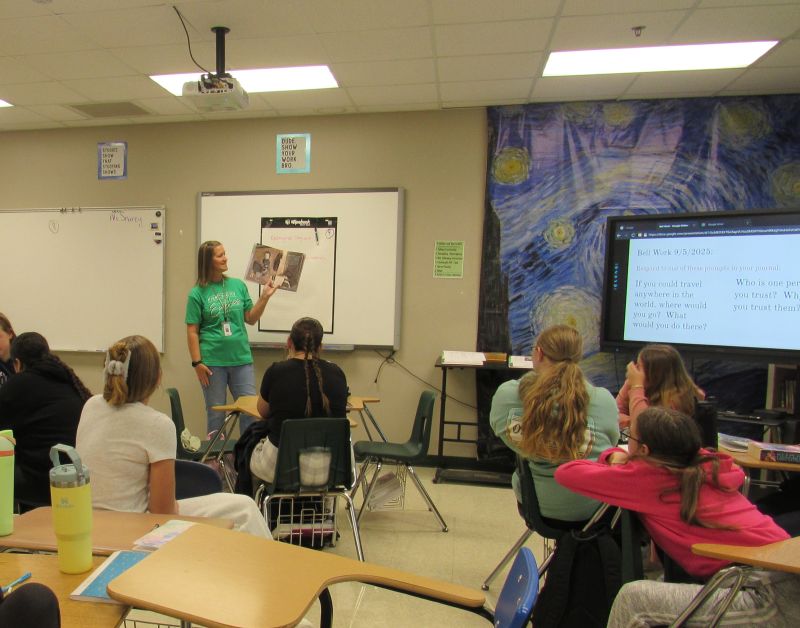
Multicultural Monday Read-Alouds
The goal of this project is to increase multiliteracy and multicultural awareness with students through select read-aloud books. Of the many excellent books available, thirty were chosen as read-alouds for sharing weekly with the class throughout the school year. For each book, I also created a mini…

Bringing Families Together:
The Monett community is home to a linguistically diverse population, with students speaking over twenty different languages or dialects. The number of families considered Newcomers, those newly arrived in the United States, is rapidly increasing in our schools. As a result, it is critical for…

Multilingual Language Games:
Many times, families do not have access to language and education-based resources. The multilingual board game lending library is designed to celebrate bilingualism and help bridge the gap between home and school. Games encourage growth in the areas of English language acquisition as well as each…

Read, Speak, Succeed: Empowering Future Global Communicators
The primary objectives of this project are twofold: to enhance literacy and language proficiency by reading Spanish-language books and materials. Given that my students are studying Spanish with the ultimate aim of effective communication, it is essential for them to excel in both understanding…

Using Bilingual Texts to Support Translanguaging for English Learners
English Learners (ELs) face unique challenges in the classroom. In order for them to access grade-level curricula in their second language (L2), educators—both English Language Development (ELD) teachers and classroom teachers—provide many types of scaffolds to support students' understanding. Some…

Reading Artwork: Using Family Dialogue to Aid Meaning-Making for English Learners
Visual literacy and peer conversations are critical components of early language learning. This project creates new interactions for English Learners (ELs) between their peers and family. First, by engaging in classroom conversations while “reading” art, followed by sending wordless…

Illuminating Diversity: A Mural to Share Stories through a Multicultural Lens
This project included a 10-Day Artists-in-Residency with Rodrigo Alvarez and Isaac Tapia. These artists worked with students in our English Language Development (ELD) Program to design and paint a 10’x40’ mural, emphasizing the cultural and linguistic diversity of Parkview students both past and…

World Fest: Showcasing Cultural and Linguistic Backgrounds
World Fest was a beautiful and successful event! The event was a vibrant celebration of cultural diversity, filled with excitement and enthusiasm. For our Creekmoor English Learners (ELs), World Fest was a wonderful opportunity to showcase their rich cultural and linguistic backgrounds. It was a…

Global Welcome: Bridging Cultures in High School
Given the community's ties to the tourism industry, Branson High School serves a student population with diverse linguistic and cultural backgrounds. This project advocates for multiliteracy through the creation of welcome banners and custom lanyard badges. By creating welcome banners for the school…

The Language Bus: Bringing Early Literacy Skills to the Community
In our community we recently had an increase in students who speak Burmese or Karen. As an Early Childhood Special Education teacher watching the referrals come through, I began to notice that home language literacy needed to be strengthened to develop age-appropriate communication skills. Many of…
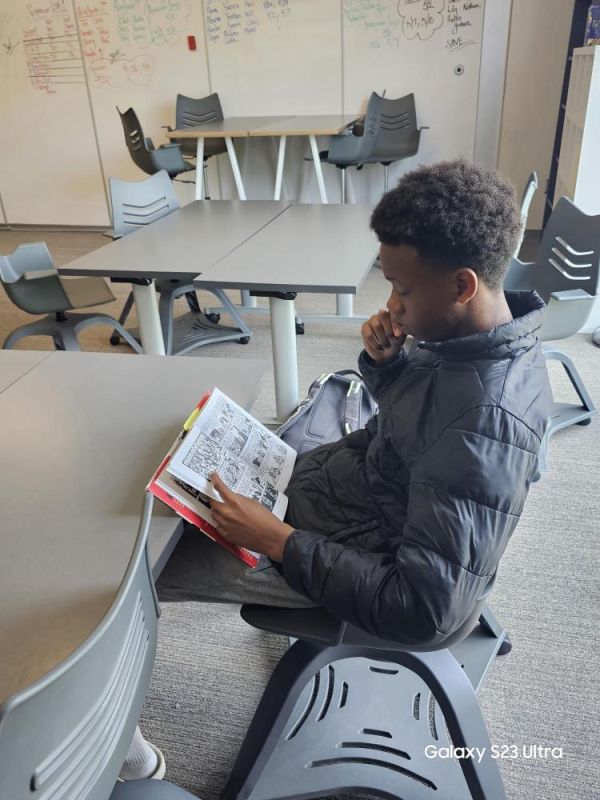
LEADing Internationally: Annual Spotlight Night to Support Learning in Any Language
LEADing Internationally emphasizes a strengths-based approach which values learning in any language (Regional Educational Laboratory Program, 2015). This project seeks to provide materials in students’ home languages (Arabic, Chinese, English, Somali & Spanish) for student project work, required…
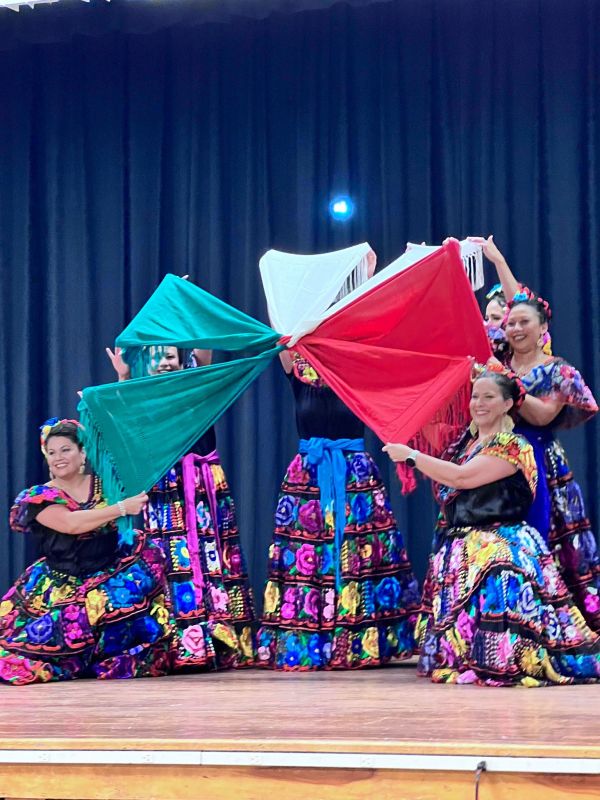
Culturally Aware Comets: Experiencing Different Cultures through Books, Food, and Games
Mark Twain Elementary has a diverse population of students and staff, many of whom come from different backgrounds. Our school's diversity needed to be celebrated and recognized. Many students come from low-income families. These students have yet to have the opportunity to travel or gain…
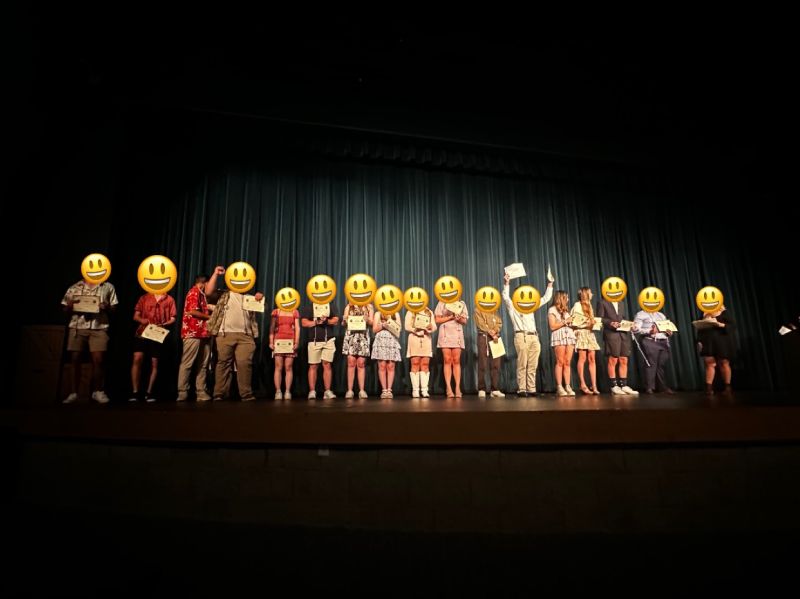
Heritage Voices: Empowering & Celebrating Biliteracy
The Heritage Voices: Empowering & Celebrating Biliteracy project aims to support heritage speakers in developing their bilingual and biliterate abilities. Given the large population of Spanish-speaking students in our district, our primary goal is to provide resources and guidance to heritage…
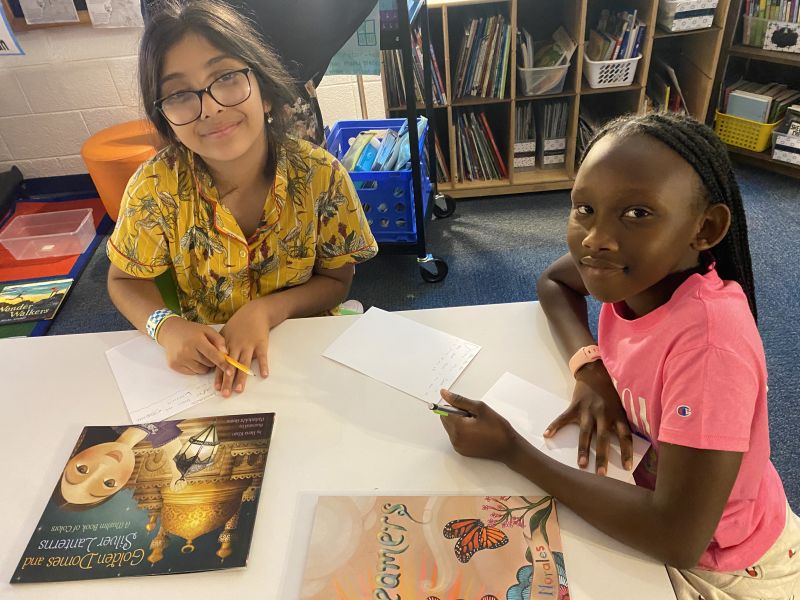
Cross-Town Pen Pals: Support Multiculturalism in Classrooms
The main objective of this pen pal project was to use diverse books representing cultures around the world to make connections with students in a different classroom in the district. Students used multicultural books to collaborate throughout two reading units that focused on theme, inferring, and…
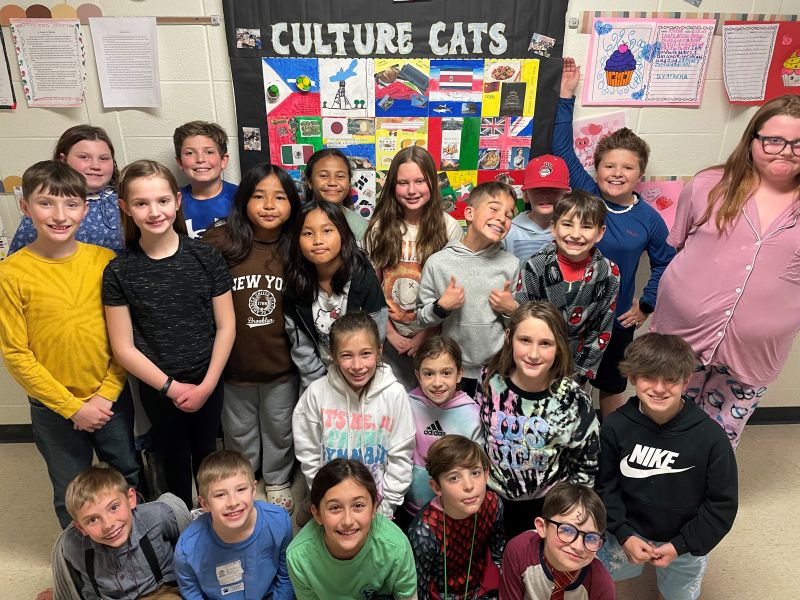
Culture Cats: Exploring Countries and Cultures
Culture Cats is an after-school club that promotes learning and exploring other countries and cultures. We are called Culture Cats because our school has many English Learners (ELs) that make up our student body and our mascot is a wildcat. We use books, guest speakers, games, crafts, and snacks to…
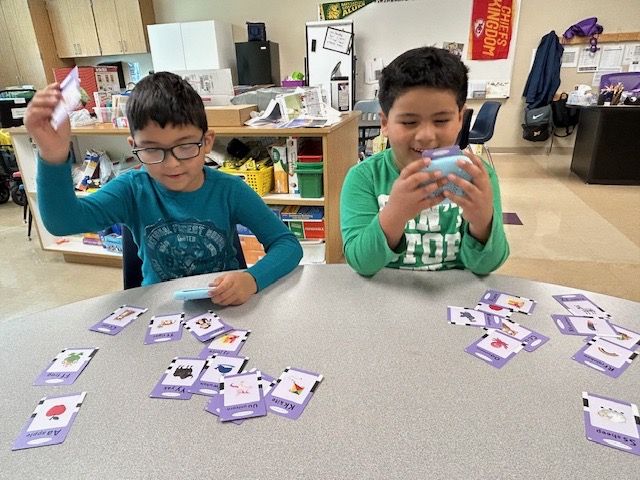
Activities for English Learners: Supporting ELs in the Classroom
The Monett School District boasts a richly diverse student body, with English Learners (ELs) representing the fastest-growing demographic nationwide, having increased by 60% over the last decade (Breiseth, 2015). Our district welcomes students from various countries, with Spanish being the…
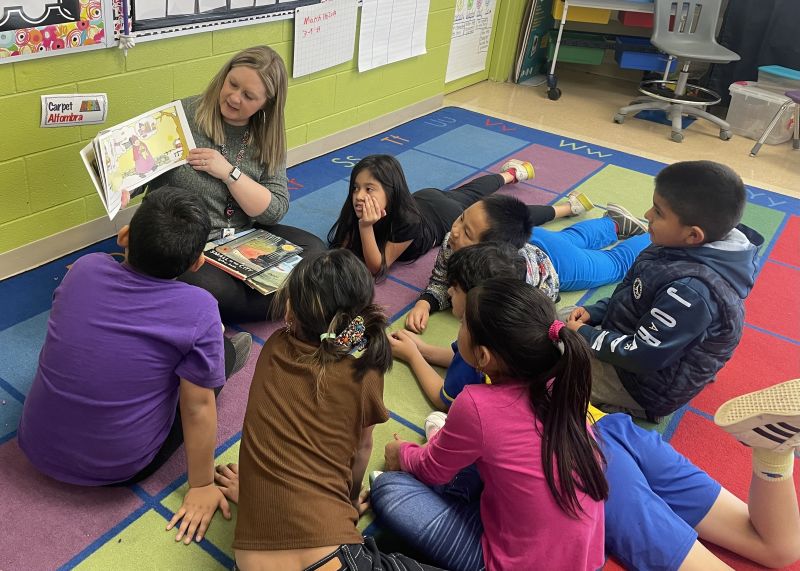
Home-to-School Communication: Connections with Wordless Picture Books
The Monett community has twenty plus different languages or dialects spoken here. Newcomer families from other countries are on the rise, and there is a constant need to help students learn English as a second language. The purpose of this project is for students to practice their language skills at…

Wordless Picture Books: Bring Life to Language
My project’s purpose is to give English Learners (ELs) access to text through wordless picture books. The goal of using these books in our class and school is to engage students who are multilingual in our classrooms. Students may work on their language skills as well as reading and writing skills…
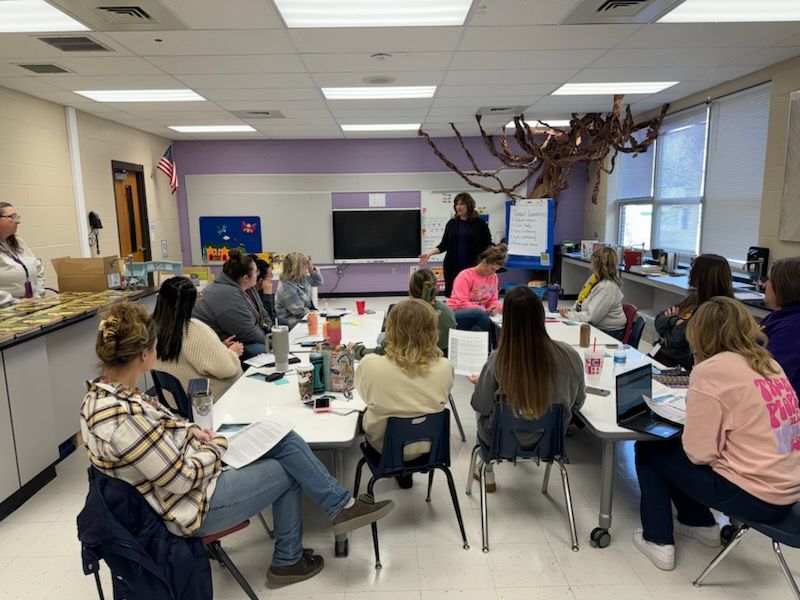
Developing a Culturally and Linguistically Responsive School: Professional Development to Highlight Assets ELs Bring to the Classroom
The Monett R-1 School District serves a large population of English Learner (EL) students; out of 2,346 students, 48% identify as a minority. Many students come from low socio-economic backgrounds and have minimal literacy exposure. About half of the students in each Monett classroom are ELs, and…
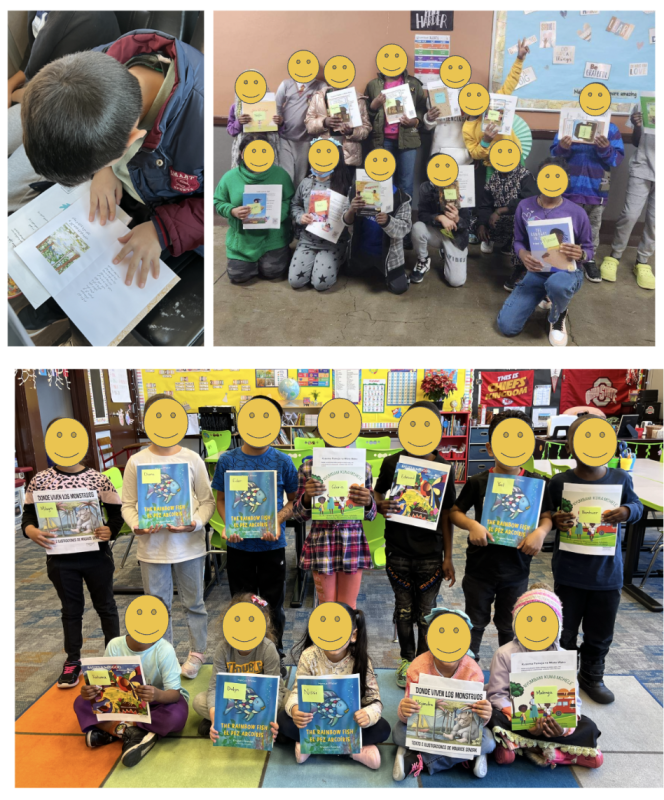
Home Language Reading Skills: Creating Routines for Literacy at Home
As many refugee and immigrant families arrive in America, their focus on language and literacy often shifts exclusively to the English language. Multilingualism is a strength, and it is important that our families maintain their home language literacy skills in conjunction with their English…
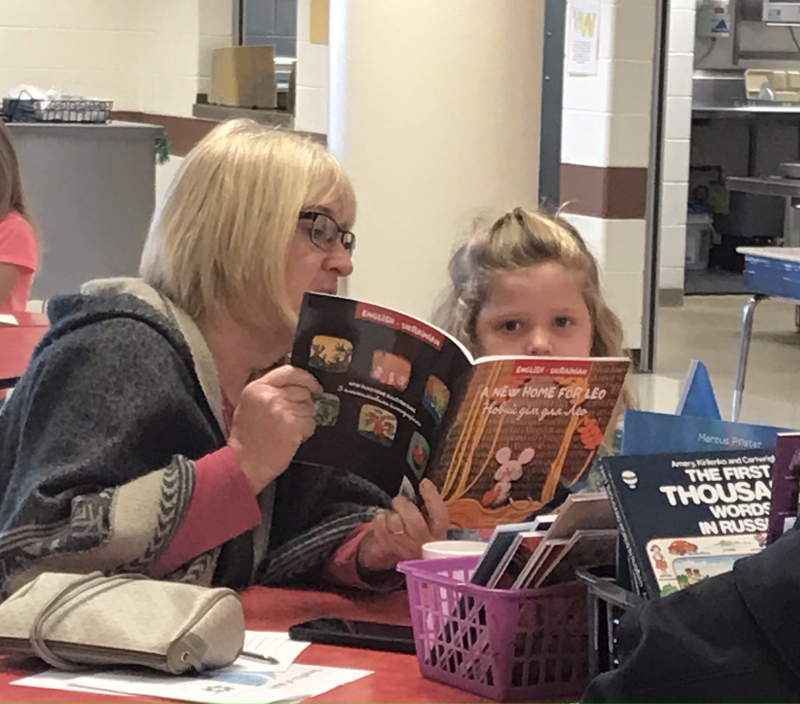
Biliteracy Breakfast: Promoting Multilingual and Multicultural Literature in a Casual Setting
Many multilingual families forgo maintaining literacy in their heritage language in the pursuit of English. It is important to highlight the value and benefits of continuing the development of home languages. By inviting students and families to read together and explore literature and language, we…
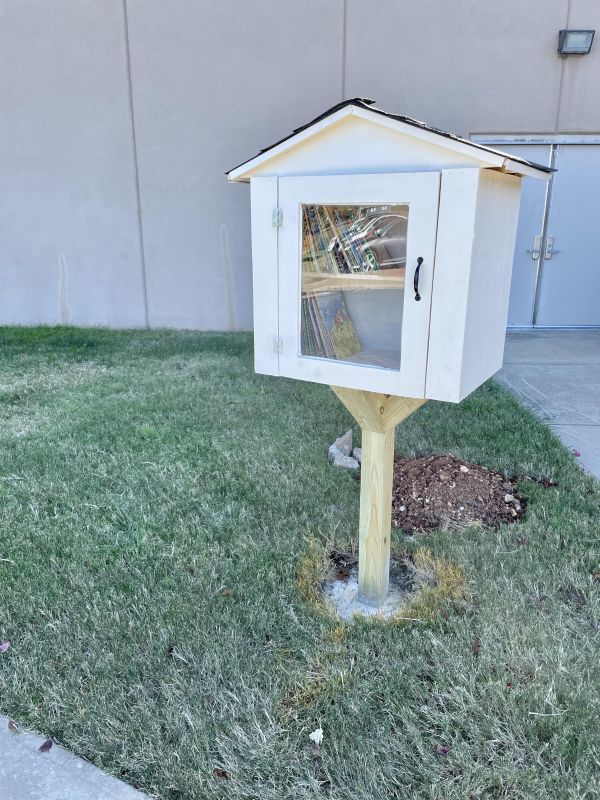
Our Little Library: Using Little Lending Libraries to Meet Multilingual Needs
Many families of English Learners (ELs) are not able to read books from school with their child or help with homework because of the language barrier. Since some families believe they are unable to help their children with English and/or homework, they can become very disconnected from their child…
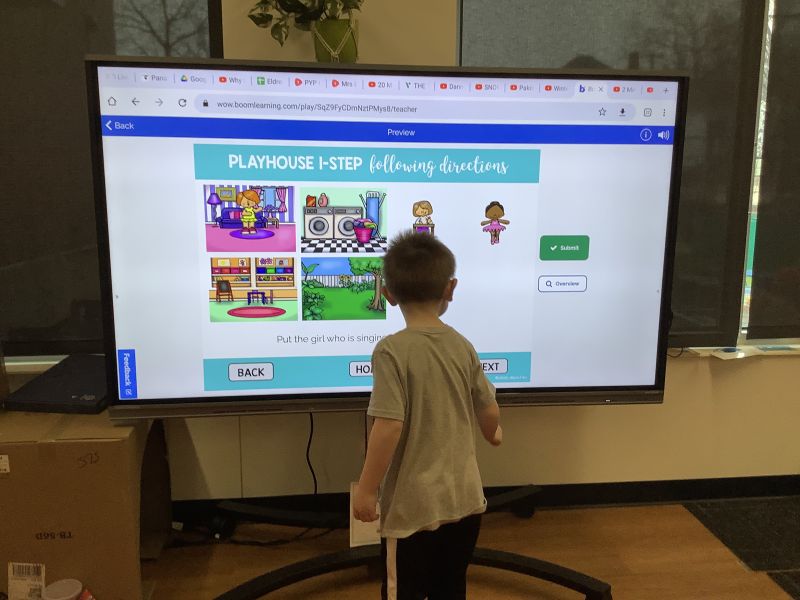
Rounding Up Resources: Helping Early Childhood Teachers Meet Multilingual Learner Needs
There are many resources available to support educators of English Learners (ELs), however, having access to those materials isn’t always easy. One cannot overstate the value of having resources available for teachers. We know that “without specific knowledge related to language development, even…
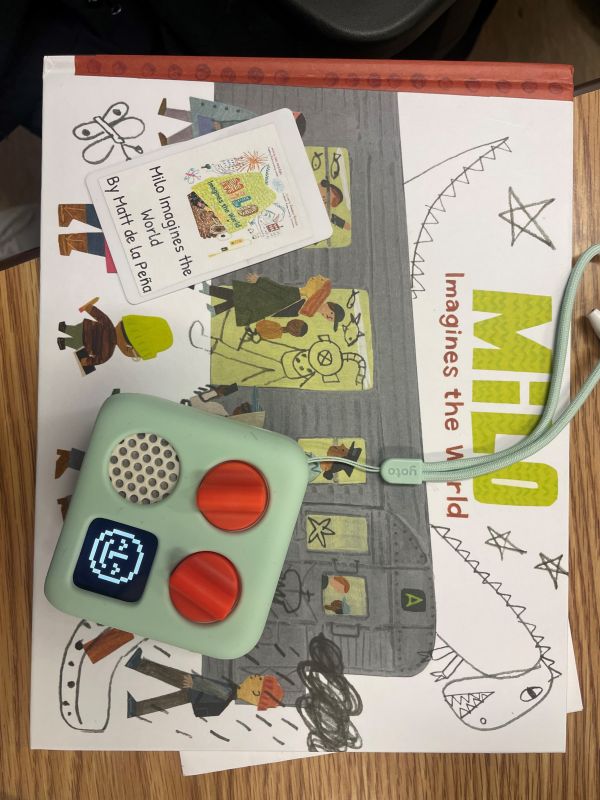
Multilingual Listening Library: Using Yoto audio players to support all students
Three second-grade classrooms offered their students access to a multilingual listening library. The main objective of this project was to promote the use of home languages and encourage English language acquisition.This project had two primary goals:To provide students with frequent access to…

Around the World: Family Literacy Night
Around the World Family Literacy night is a project designed to highlight differences in culture and build literacy skills. As an EL teacher in my district, I understand the importance of creating opportunities for our students and families to learn about other cultures within our school community.…
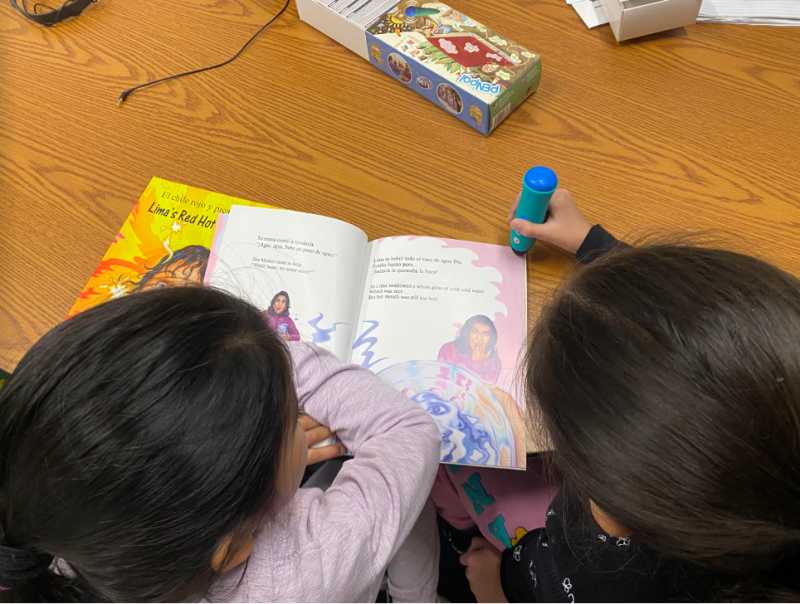
Home-to-School Literacy Project: Increasing family literacy with bilingual resources
Family literacy activities are essential for student academic success in school. The Home-School Literacy Project equips students and parents with bilingual activities, books, and resources to support their literacy skills. Families participate in a literacy night to share their own experiences and…
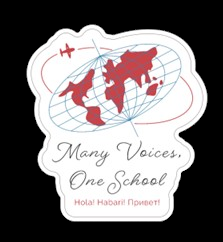
Many Voices, One School: Using QR codes to give ELs a voice
Many of our students come to us from various countries, backgrounds, and cultural experiences. While some families bring educational experiences from their home countries before relocating to the United States, others, particularly our newcomers, may not have a strong literacy background or history…

A Multicultural Pirate’s Reading Night
Our school mascot is a pirate. My project, A Multicultural Pirate’s Reading Night, was an event in which multicultural families who have children enrolled in Preschool or Kindergarten were invited to learn about the importance of promoting literacy in their first language as well as English. The…
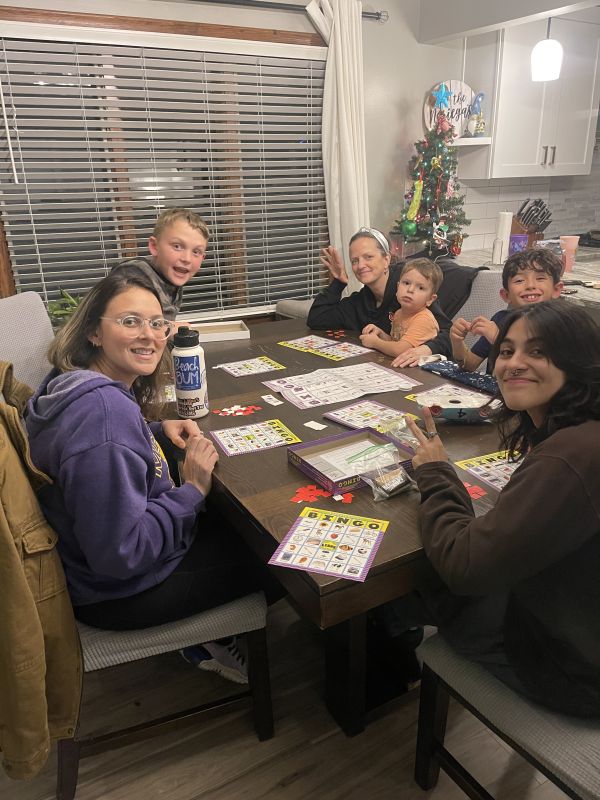
Promoting Family Conversations in Multiple Languages
There is a need for deep conversation, even at a first-grade level. The purpose of the project is to promote conversations between students and their families via play, read-alouds, and everyday activities through literacy kits that students can check out. The kits include books, phonics games,…
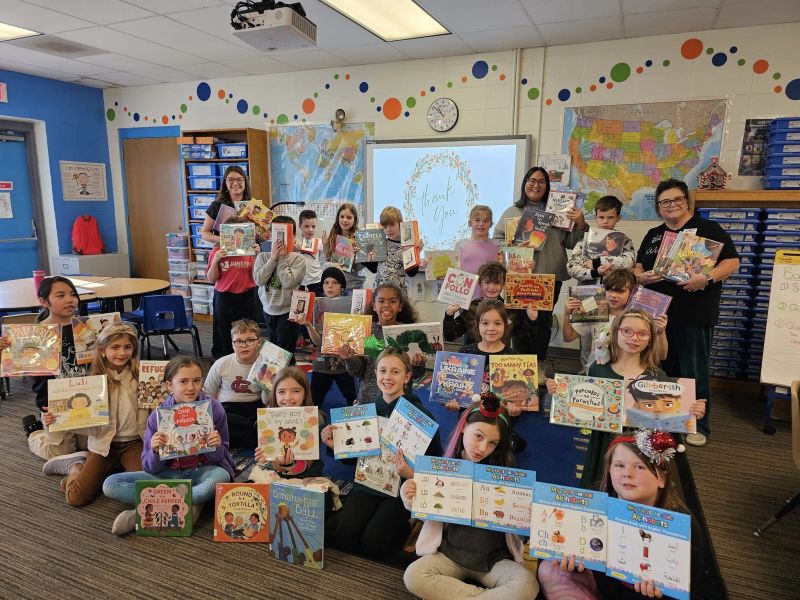
Celebrating Multilingual Magic: Nurturing the Social and Emotional Well-being of ELs
Wanda Gray Elementary stands as a cornerstone for education in Springfield, Missouri, providing a nurturing space for a diverse student population. Currently hosting 483 students weekly, with 29 benefiting from English Language Development (ELD) services and speaking languages other than English at…

A World of Languages in Our Classroom: Celebrating cultural diversity with guest readers
As a model language-rich classroom in my district, it is my goal to provide a comfortable, interactive environment for our multilingual students and their families. When students see their native language in books, posters, and through multimedia presentations they feel valued and have a sense of…
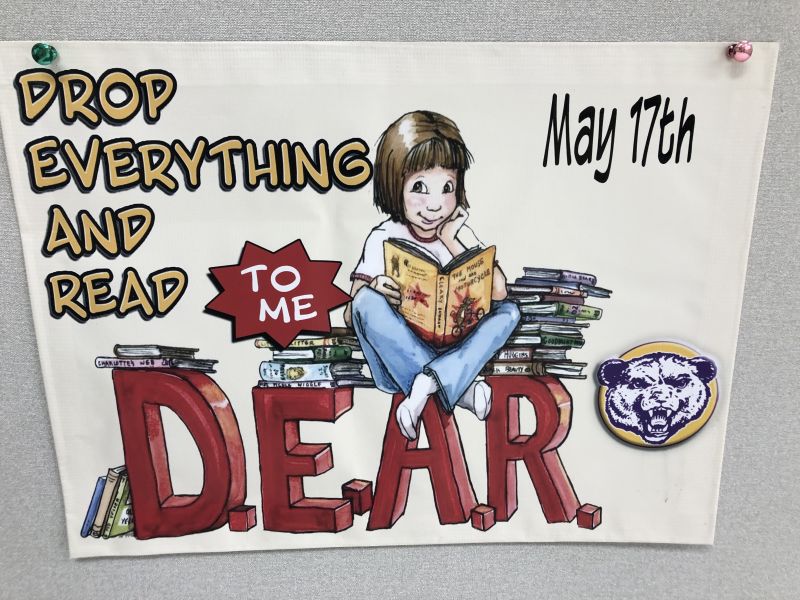
DEAR to Me: Fostering biliteracy through middle school mentors
DEAR to Me stands for Drop Everything and Read to Me and that is exactly what happened at the Monett Early Childhood Center.DEAR to Me is a special time for Middle School students to come and read in small groups. Our kindergarten students got to hear books read to them in English, Spanish and…
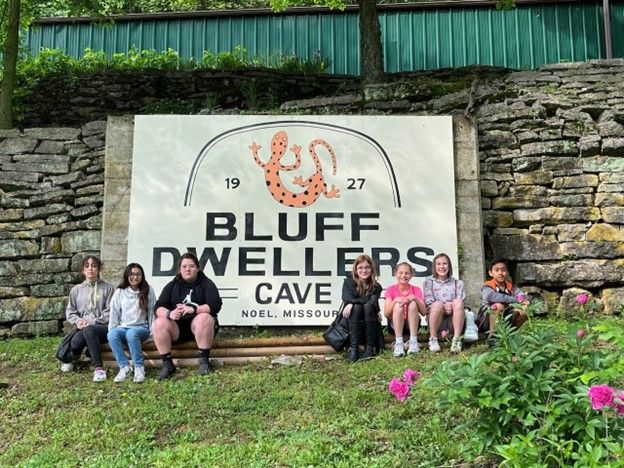
Dig Into Reading: Promoting students reading 15 minutes daily in school and at home
Through the Dig Into Reading multiliteracy project, we have created a culture of reading within our school and are continuing to promote reading engagement at home. We have been able to provide multilingual literacy resources and encouragement to enhance students' reading in their preferred…
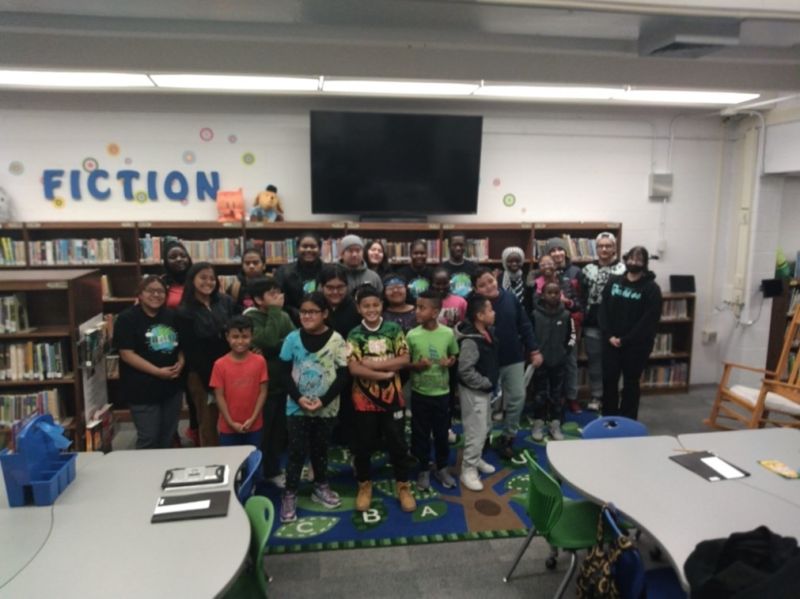
HELLO! HOLA! XIN CHÁO! BONJOU! HALO! Connecting high school and elementary ELs
As the population of English learners (ELs) continues to grow in our community, students can utilize their home language as a means to develop second language skills. The ELL Outreach Program brings together students of different ages yet similar cultures and languages to improve their English…
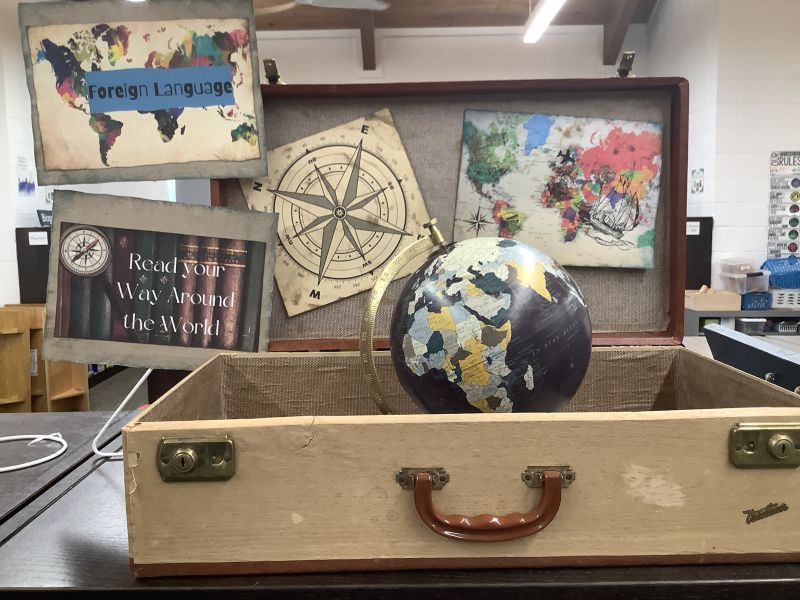
Many Languages, One Shelf: The Building Bilingual Book Section Project
This project allows English learners the opportunity to check out materials that represent diverse cultures and languages. Most materials are bilingual and include English translations on the same page. These resources promote and maintain ELs’ home languages and build English proficiency. As a…
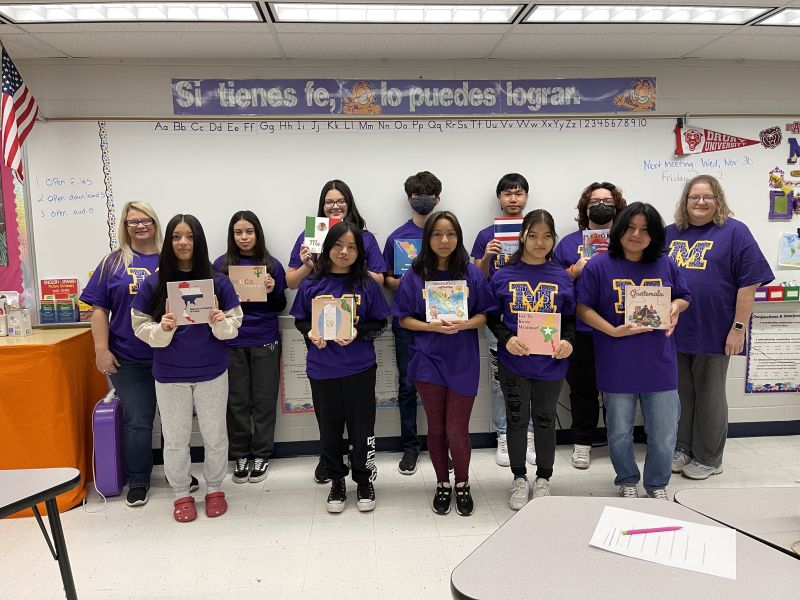
Our Cultural Heritage: Students create a bilingual alphabet book of their home country with family assistance
Our Cultural Heritage is a project designed for students and families to work, share, and learn together. This project is designed for students to practice various reading, writing, and speaking skills to create an alphabet book about their families’ home countries. Using a digital online book…
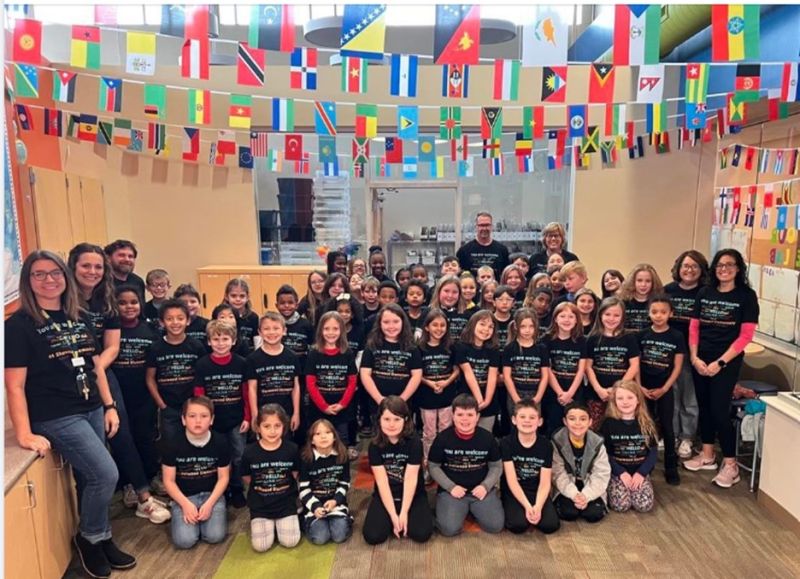
Language Clubs: Promoting cultural diversity and biliteracy
The students in our school come to us from many different backgrounds and cultural experiences. As educators, it’s our job to make all students feel welcomed and safe at our school and in our classrooms. Promoting and valuing the first language helps English learners and bilingual children feel more…
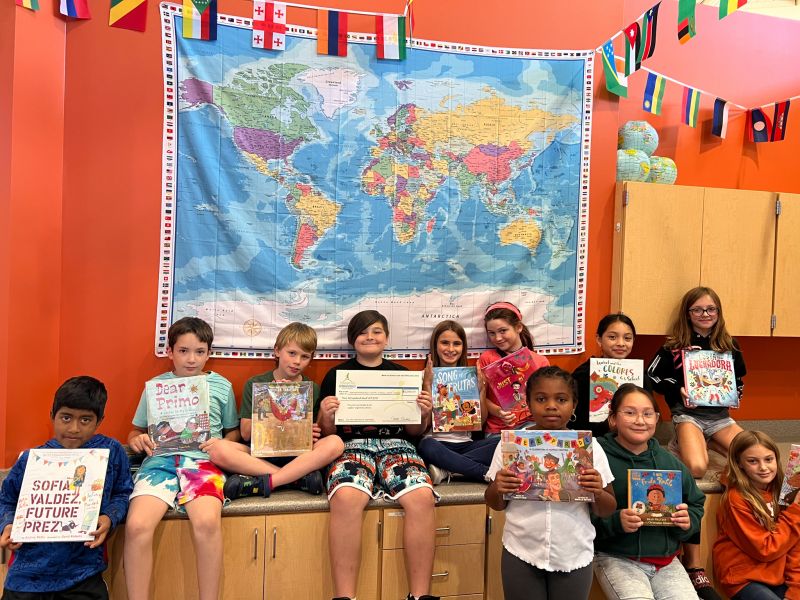
Welcome to Our Language Lab
How can we make our schools more welcoming, accepting, and engaging for our students and families joining us from other places around the world? With a Language Lab!

Multilingual Garden Unit
A community garden not only adds beauty to a school but also instills pride in the students that help build it. By utilizing best practices that teach English Learners (ELs), students explored how to design a garden.
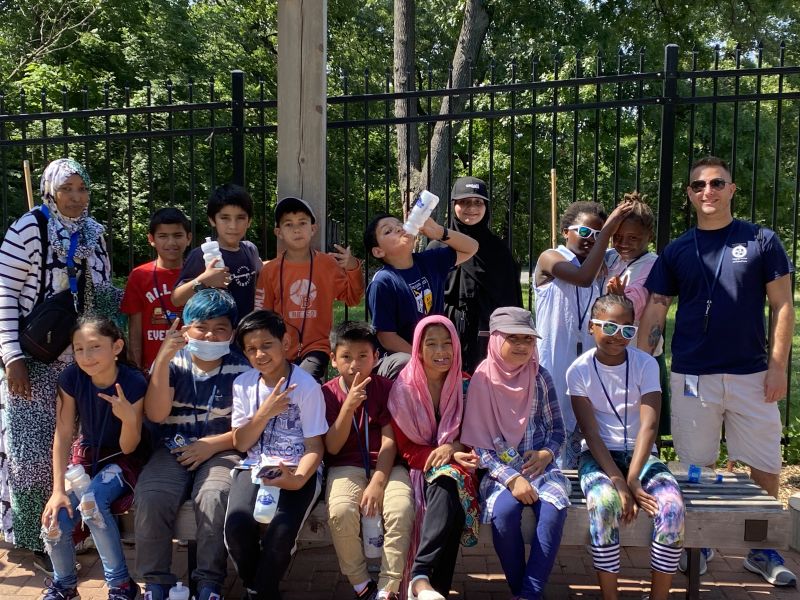
Multilingual Story Garden
A community garden not only adds beauty to a school but also instills pride in the students that help build it. By utilizing best practices for English learners (ELs), students visited a local community garden in the city to learn about gardening and sustainability. They also participated in a story…
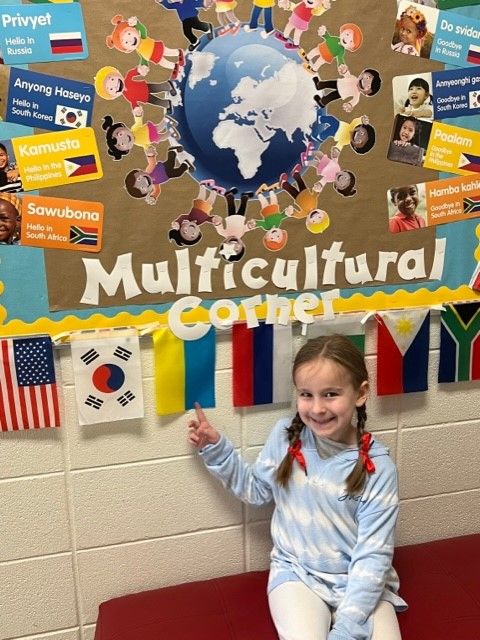
Multicultural Newsletter
The multicultural newsletter aims build connections with multilingual families by getting to know them and by introducing them to the school community. Amber Troye shares her protocol and experiences that can help educators deepen their knowledge about multilingual learners’ home cultures,…

Family Literacy Night
The Family Literacy Night project involves caregivers in the life of an elementary school. In preparation for the event, reading buddies in kindergarten and 4th grade partner to read multicultural books; they also learn to tell wordless picture books and author their own.
Read the full blueprint.
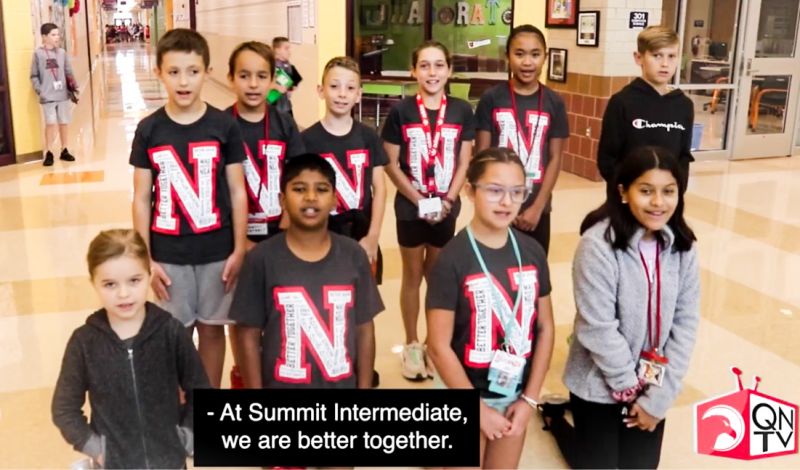
Better Together Unit in Nixa Public Schools
Kara Griffin at Summit Intermediate in Nixa Public Schools presents the blueprint of a project that aimed to welcome new families and unite the school around exploring the home cultures and languages of the students who attend. The project contributed a multilingual collection to the school library…
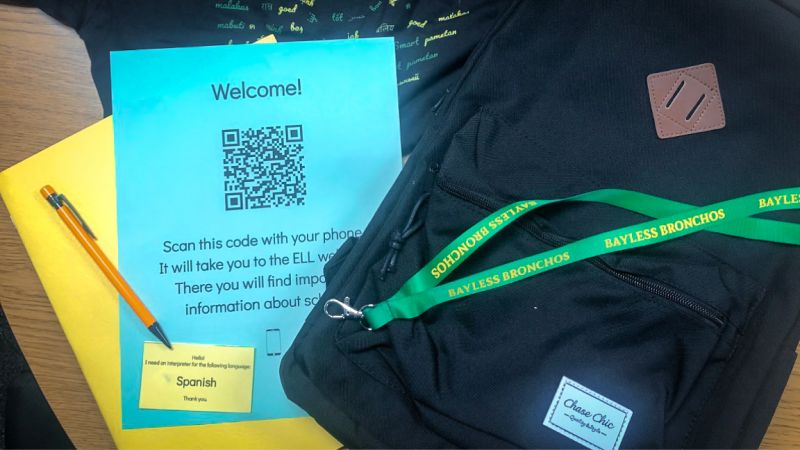
Newcomer Welcome Kits
Sarah Reeves at Bayless School District in St. Louis, Missouri describes her school's activities that aimed at creating a welcoming environment for newcomer refugee families by supplying them with useful items in a thoughtfully assembled backpack.
Read the full blueprint.
